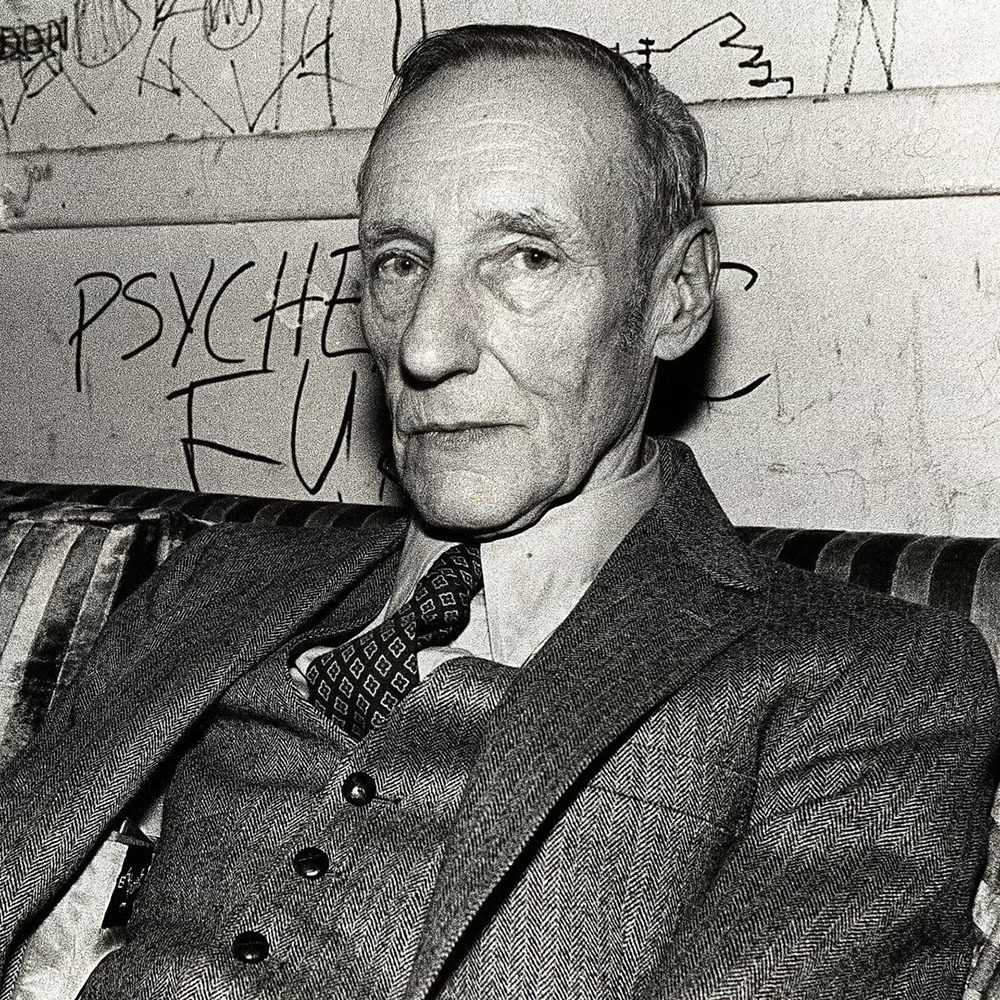
Table of Contents
Who Was William S. Burroughs?
William S. Burroughs was a pioneering figure of the Beat Generation, a literary movement that emerged in the 1950s. Known for his provocative exploration of drug addiction and countercultural themes, Burroughs authored landmark works such as Junky and Naked Lunch, which offered raw, often grotesque depictions of drug culture. His influence extended beyond literature, impacting music and experimental art. He collaborated on recording projects and inspired numerous artists, solidifying his place in the pantheon of 20th-century avant-garde figures.
Early Life and Education
Born on February 5, 1914, in St. Louis, Missouri, William S. Burroughs was the son of Laura Lee and Mortimer Burroughs. His grandfather, also named William, was a notable inventor and businessman, credited with advancements in adding-machine technology. Burroughs was raised in an affluent environment and attended prestigious preparatory schools before studying English literature at Harvard University, where he graduated in 1936. After college, Burroughs traveled to Europe, briefly marrying Ilse Klapper to help her emigrate to the United States. Their marriage ended shortly after their arrival.
The Beat Movement: Meeting Ginsberg and Kerouac
In the 1940s, Burroughs moved to New York, where he met Allen Ginsberg and Jack Kerouac, both of whom would become central to the Beat Movement. Together, they forged a new path in American literature, characterized by unconventional and freewheeling forms of expression. Burroughs and Kerouac collaborated on a novel, And the Hippos Were Boiled in Their Tanks, based on the real-life murder of a friend. The novel would not be published until decades later, after Burroughs’ death.
Burroughs’ personal life during this time was equally tumultuous. He formed a relationship with Joan Vollmer, and although the couple lived as husband and wife, Burroughs was open about his attraction to men, having had a romantic relationship with Ginsberg. Struggling with heroin addiction, Burroughs’ life took a tragic turn in 1951 when, while living in Mexico City, he accidentally shot and killed Vollmer during a drunken game of target practice. Though he avoided major prison time, the incident haunted him for the rest of his life.
Literary Breakthroughs: Junky and Naked Lunch
In 1953, Burroughs published Junky, his first novel, under the pseudonym William Lee. The book offered an unvarnished, semi-autobiographical portrayal of addiction and the subculture surrounding drug use. He continued to travel, eventually finding himself in Tangier, Morocco, where his life spiraled further into addiction. Faced with the threat of self-destruction, Burroughs sought treatment in London, undergoing apomorphine therapy, which he later credited with curing his heroin addiction.
With the assistance of Ginsberg and Kerouac, Burroughs completed Naked Lunch, his most famous and controversial work. The novel, published in 1959, was a non-linear, hallucinatory narrative that delved into the grotesque underworld of addiction, blending elements of satire, metamorphosis, and sadomasochism. Its explicit content led to a publicized obscenity trial in the United States, where the book was initially banned but later released in the 1960s, securing Burroughs’ place as a leading figure in countercultural literature.
The Cut-Up Technique and Later Works
Burroughs continued to push literary boundaries in the 1960s, experimenting with the “cut-up” technique, in which random lines of text were physically cut from a page and rearranged to form new sentences. Inspired by artist Brion Gysin, Burroughs believed this technique liberated both writers and readers from conventional narrative structures. Works such as The Soft Machine (1961), Nova Express (1964), and The Yage Letters (1963) reflected this approach, blending satire with science fiction and critiquing consumerism and societal repression.
Musical Influence and Collaborations
Beyond his literary achievements, Burroughs made a significant impact on the world of music. His work inspired bands like The Soft Machine and Steely Dan, who took their names from his writings. In 1965, Burroughs released his first spoken-word album, Call Me Burroughs, featuring readings from Naked Lunch and The Soft Machine. Throughout his career, he collaborated with experimental musicians, including Laurie Anderson, Sonic Youth, and Genesis P-Orridge, further cementing his influence on the avant-garde.
Later Life and Legacy
Burroughs’ creative output remained prolific into the 1970s and beyond. He published works such as The Wild Boys (1971), Exterminator! (1973), and The Third Mind (1978), a collaboration with Gysin exploring their cut-up philosophy. However, his life was marked by personal tragedy as well. His son, William Burroughs Jr., a writer in his own right, succumbed to alcoholism and passed away in 1981.
William S. Burroughs died on August 2, 1997, in Lawrence, Kansas. Despite his often controversial work and troubled personal life, Burroughs remains a towering figure in 20th-century literature, whose influence reverberates across both literary and cultural landscapes.
